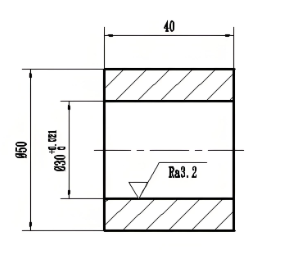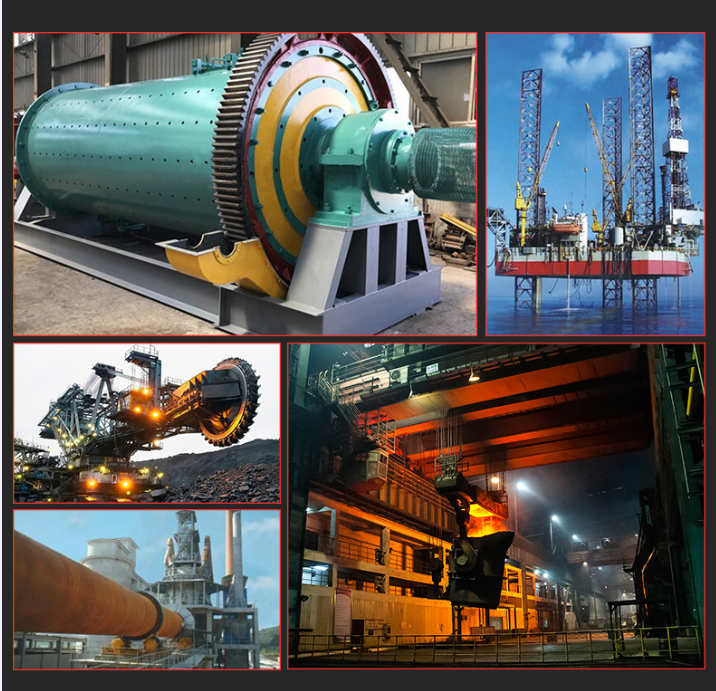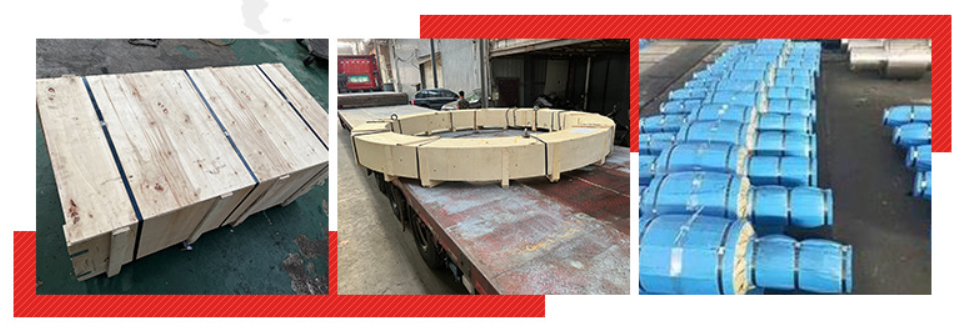The forged main cylinder body for a three-way machine
The forged main cylinder body for a three-way machine
1. Definition
The forged main cylinder body is a critical component in three-way machines, serving as the housing for hydraulic or pneumatic systems. It plays a vital role in containing the working fluid and facilitating the machine's operation.
2. Materials
These cylinder bodies are typically made from:
Carbon Steel: Commonly used for its good strength and ductility, suitable for many industrial applications.
Alloy Steel: Such as 4140 or 4340, which provide enhanced toughness and stress resistance, especially under high pressure.
Stainless Steel: For environments requiring corrosion resistance and durability.
3. Manufacturing Process
Forging: The steel is heated and shaped under high pressure. This process enhances the mechanical properties and ensures a uniform grain structure, which is crucial for high-strength applications.
Machining: After forging, the cylinder body undergoes precision machining to achieve the required dimensions and surface finishes, ensuring proper sealing and fit.
Heat Treatment: Processes like quenching and tempering may be applied to improve hardness, strength, and fatigue resistance.
4. Applications
The forged main cylinder body is commonly used in:
Hydraulic Systems: As the primary chamber for hydraulic fluids, facilitating movement and control in machinery.
Industrial Equipment: In presses, lifts, and other machinery that requires robust and reliable hydraulic components.
Construction Equipment: Where durability and strength are critical for lifting and moving heavy loads.
5. Advantages
High Strength: Forged components can withstand significant loads and pressures, making them suitable for demanding applications.
Durability: The forging process results in components that are more resistant to wear and fatigue compared to cast components.
Improved Integrity: Fewer defects and a more uniform structure enhance the reliability of the cylinder body.
Customizability: Can be tailored to meet specific design and performance requirements for various applications.
Data Needed for Quotation
1) Your own drawing
2) Your requirement on material and necessary dimensional data
3) Ask for recommend

Processing Materials
| Case Hardened Comparison Table | |||||||
| GB | ГOCT | EN | DIN | W.N. | JIS | AISI/SAE | |
| 15CrMn | 16MnCr5 | 16MnCr5 | 1.7131 | 5115 | |||
| 20CrMn | 20MnCr5 | 20MnCr5 | 1.7147 | 5120 | |||
| 12CrMo | 12XM | 13CrMo44 | 1.7335 | 4119 | |||
| 15CrMo | 15XM | 15CrMo5 | 1.7262 | SCM415 | |||
| 20CrMo | 20XM | 20CrMo5 | 1.7264 | SCM420 | 4118 | ||
| 25CrMo | 30XM | 25CrMo4 | 1.7218 | ||||
| 30CrMo | SCM430 | 4130 | |||||
| 35CrMo | 35XM | 34CrMo4 | 1.722 | SCM435 | 4135 | ||
| 42CrMo | EN19 | 42CrMo4 | 1.7225 | SCM440 | 4140 | ||
| 50CrMo4 | 1.7228 | ||||||
| 40Cr | 40X | 41Cr4 | |||||
| 38XC | |||||||
| 25Cr2MoV | 25X2M1Φ | 24CrMoV55 | 1.7733 | ||||
| 50CrVA | 50CrV4 | 1.8159 | SUP10 | ||||
| 31CrMoV9 | 1.8519 | ||||||
| GCr15 | 100Cr6 | 100Cr6 | 1.3505 | 52100 | |||
| 20CrNiMo | 20XHM | 20NiCrMo2-2 | 21NiCrMo2 | 1.6523 | SNCM220 | 8620 | |
| 20XH3A | |||||||
| 20X2H4A | |||||||
| 17CrNiMo6 | 1.6587 | ||||||
| 18CrNiMo7-6 | 1.6587 | ||||||
| 34CrNiMo6 | 1.6582 | VCN150 | |||||
| 34NiCrMo16 | 35NiCrMo16 | 1.2766 | |||||
| 30CrNiMo8 | 1.658 | VCN200 | |||||
| 39NiCrMo3 | 1.651 | ||||||
| 34CrAlNi7 | 1.855 | ||||||
| 38CrMoAl | 38X2MОA | 41CrAlMo7 | 1.8509 | ||||
| 40CrNiMo | EN24 | 40NiCrMo8-4 | 1.6562 | SNCM439 | 4340 | ||
| 40CrNi | 40XH | 40NiCr6 | 1.5711 | ||||
| 20CrMnMo | 18XTM | SCM421 | |||||
| 40CrMnMo | 40XTM | SCM440 | |||||
| 30XTCA | |||||||
| 38XTH | |||||||
| 40XH2MA | |||||||
| 40X2H2MA | |||||||
| 38XH3MA | |||||||
| 38XH3MΦA | |||||||
Processing technology:

Application areas:
Automotive transmissions, medical equipment, metallurgical machinery, lifting equipment, ore equipment, power equipment, light industry equipment, etc

Packaging :




_1733312730.jpg)